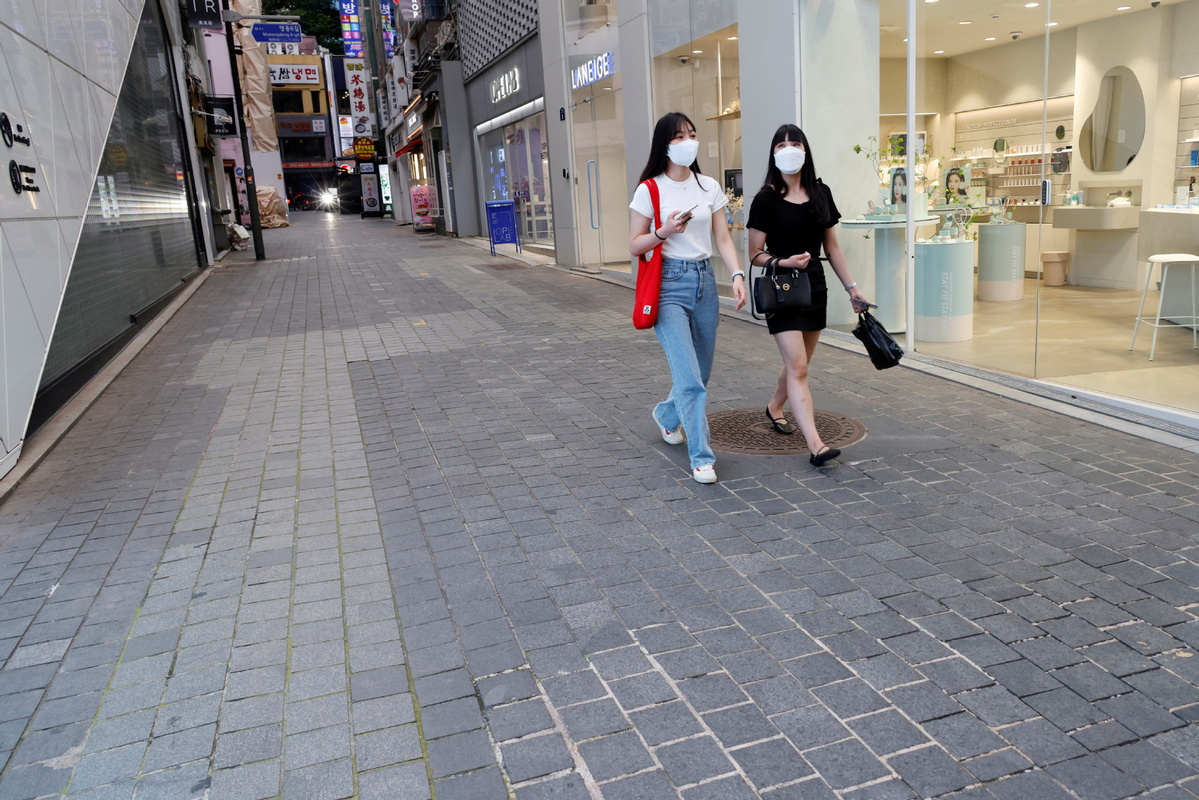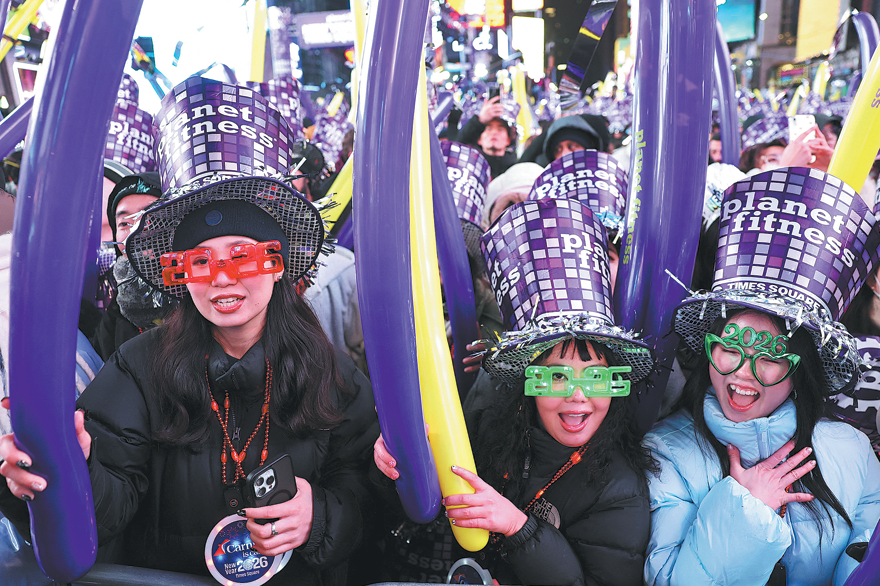S. Korea sticks with plan even as cases soar
By YANG HAN in Hong Kong | China Daily | Updated: 2021-11-25 07:17

As South Korea contends with a record rise in COVID-19 infections, experts say the country can still proceed to its return to normalcy with close monitoring and countermeasures.
David Kwak, clinical assistant professor at the Soon Chun Hyang University Hospital in Seoul, said he does not think the government should immediately put a stop to its "living with COVID-19" programs in light of the country's current high rates of infection.
The rise in new cases came amid the country's efforts to gradually return to normalcy. South Korea began implementing its three-stage "living with COVID-19" plan on Nov 1. Under the first phase, which was planned to last four weeks, restrictions were eased on multiuse facilities such as restaurants and cafes. Gatherings of up to 10 people were allowed, regardless of vaccination status.
"This was to be expected," said Kwak, noting the rise in daily confirmed cases and the occupancy rate of intensive care units were already considered in the government's plan. However, he cautioned that a solution to overcome the current situation is needed as soon as possible.
South Korea's total number of cases reached 425,065 on Wednesday, after 4,115 new cases were reported, according to the Korea Disease Control and Prevention Agency. This marked the highest daily increase since South Korea first detected the virus.
'Worse than expected'
Prime Minister Kim Boo-kyum said on Wednesday that the country's virus situation is worse than expected, reported Yonhap News Agency.
On Monday, health authorities said the national COVID-19 risk was "high" over the past week, with the greater capital area's risk level being "very high" and other regions marked "medium". This came a week after the announcement of a new five-tier rating system to assess COVID-19 risks on a weekly basis.
With the shortage in ICU beds, Kwak said one of the key issues that the government needs to address is the safety of people monitoring their conditions in home isolation, including those only experiencing mild symptoms.
"As stated by the South Korean government, controlling the number of severe COVID-19 patients is the No 1 priority in 'living with COVID-19', not the number of total COVID-19 cases," said Kim Seung-taek, a virologist at research center Institut Pasteur Korea in Seongnam city.
Around 40.63 million people, or 79.1 percent of the entire population, have been fully vaccinated as of Wednesday. About 2.1 million people have received booster shots.
Starting the country's "living with COVID-19" plan was timely as the vaccination rate in South Korea has exceeded 70 percent, Kim said. He added that transition to the second phase is not an automatic process as the government will need to constantly monitor, evaluate and respond to the evolving situation.
























